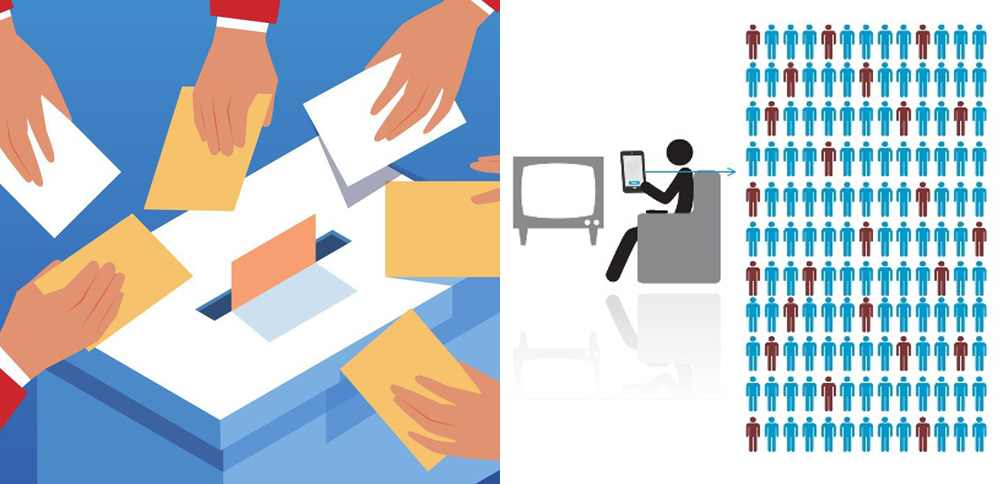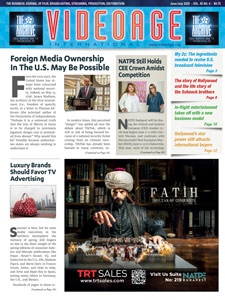By Dom Serafini
What has happened to American social and political researchers, surveyors, poll-takers, and data scientists? Lately, it seems like they never come up with any accurate projections.
In a recent op-ed in The Wall Street Journal, former U.S. Secretary of State Jim Baker (who served under President George H.W. Bush), wrote that he couldn’t remember an election cycle when pollsters got so many political election predictions wrong.
Could television ratings be similarly affected, or could TV ratings somewhat aid political poll-takers? The main difference between TV ratings and political surveys is in the random sampling. The Nielsen ratings are calculated based on a sample of 40,000 TVHH (about 100,000 people) representing 121 million TVHH, while political pollsters surveyed about 1,000 people to represent the roughly161 million people who voted in the 2020 U.S. elections.
I remember that throughout the 2016 elections, when several predictions gave the U.S. presidency to Hillary Clinton with relatively low margins, I spotted one survey that seemed more realistic (considering that all had a 10 percent margin of error), and so I used it in a May 8, 2016 editorial in the Italian daily in the U.S., AmericaOggi. It predicted that Donald Trump would win with 41 percent of the votes (versus 39 percent for Clinton).
The pollsters presented the same scenario for the 2020 elections, giving Joe Biden a 10 percent lead over incumbent Trump despite some opinions that Biden ran a poor campaign that specifically worried the supporters in Georgia and New York that I spoke with. Once again, I found these predictions unrealistic. Considering that Trump had everything against him — the collapsing economy, high unemployment, the raging pandemic, social unrest, international scorn, and even some members of his own Republican Party turning against him — the 10 point lead did not seem a realistic figure for Biden to overwhelmingly win the elections. And I pointed out that Biden was fighting an uphill battle in a September 17, 2020 editorial for AmericaOggi.
Now the question is: Why have the political surveys become so unrealistic?
From what I’ve been able to gather, for the 2016 and 2020 elections, pollsters failed to compound national polls with state polls. And the fact that both Clinton and Biden actually did garner more popular votes than Trump allowed pollsters to insist that their predictions were right after all.
In his op-ed, Baker suggested that the media refrain from using polling firms that work for political campaigns. Indeed, some surveys tend to ask “leading questions” that result in something called “acquiescence bias,” which are answers that don’t reflect the polled person’s views, but are driven by the poll-takers.
In addition, political pollsters should integrate their surveys with more accurate TV ratings. A recent ABC News report, for example, indicated that TV ratings were able to identify whether viewers of NFL games were mostly Democrats or Republicans.











Leave A Comment